
The Unstoppable Force of Thinking Outside the box: Nuke Compositing and Art
Pablo Mielgo, a Lightbox Academy student pursuing a VFX master's degree, shares insights into his recent project, Prado painting, unveiling creative techniques using Nuke.

Pablo Mielgo, a Lightbox Academy student pursuing a VFX master's degree, shares insights into his recent project, Prado painting, unveiling creative techniques using Nuke.
Pablo Mielgo, is a current student at Lightbox Academy in Madrid, undertaking a master's degree in VFX. In this article, Pablo enthusiastically divulges the creative process and techniques utilised in his recent project: Prado painting.
Borges, in his book "The Aleph," writes about the concept of little spaces that concentrate the infinite in all its forms, and Diego Velázquez depicted one. Such a mysterious piece of art.
In this case, I attempted to apply this concept to different scenarios, but something "clicked" in my mind when I saw the painting "Las Meninas," and in this article, I will share how I approached this.

First and foremost, I visited the Prado Museum in Madrid to capture the "upside-down perspective" of Las Meninas. However, I soon realised that the complexity of the final composition required more than simple steps: I needed to recreate the entire painting in reverse. My concept of infinity was taking shape.
Then, I explored all the perspectives, such as La infanta or Velázquez, but I considered that composing the point of view of the man behind all the main characters was more interesting. So, I had the path to initiate the work.
It's important to note that creativity can sometimes be challenging as a decision-maker, especially with a complex painting like "Las Meninas" that contains numerous details that I needed to reconstruct accurately to capture the subjective viewpoint of the man (José Nieto Velázquez) holding the door.
The reconstruction process was laborious, as I aimed to capture that specific viewpoint and the characters' positions.
The perspective was a challenge because I did not have many references to carry out the rotoscoping, so I decided to create my reconstruction path by looking at the reference points of the walls and paintings around the scene and then dedicate to reconstructing the entire scene properly.
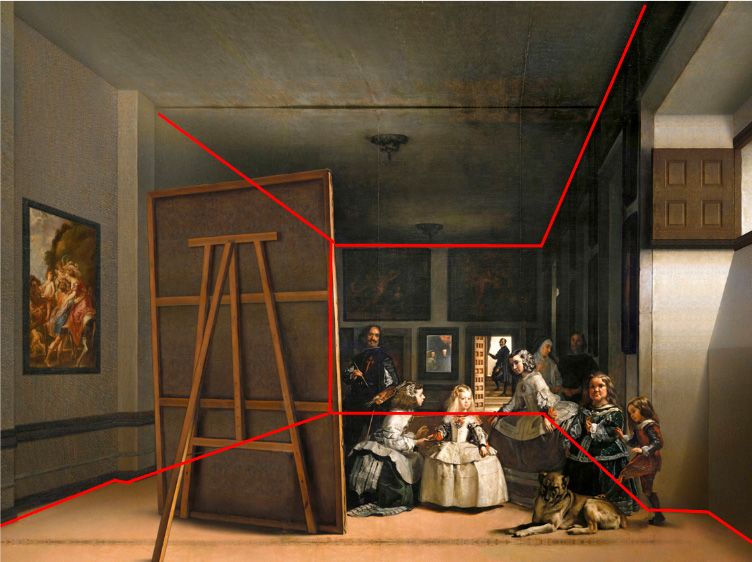
The second phase was the reconstruction of all the characters to generate their “backs”. Nodes like Mirror, roto and mask were essential to cut out and take the pieces of the characters and gradually generate the scene for later placement in the 3D environment. I generated the reference lines with the rotopaint node.
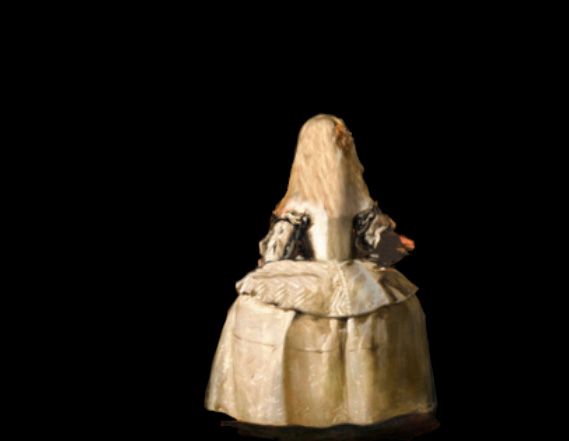
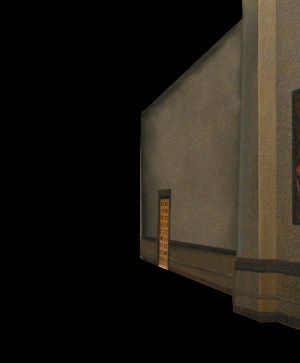
In this context, the placement and cutting of the walls of the scene with all the characters was important. The lines of the rotopaint node were again essential for the orientation of the characters in the painting with the change in perspective.
Framehold node worked to stop the frame and set all pieces for the scene integration.

The 3D reconstruction was taking points of view of the painting in order to generate projections according to the new perspective point.
Also, the modelbuilder node took an important role to build the columns at the right position.
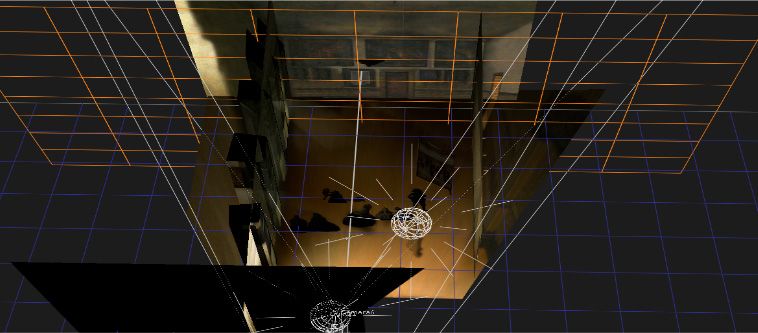
The nodes of this phase were colour correction, glows and grades tending to dark with volume rays that generated that appearance of a baroque painting inside.
The technique I used in this case with the volumetric lights.

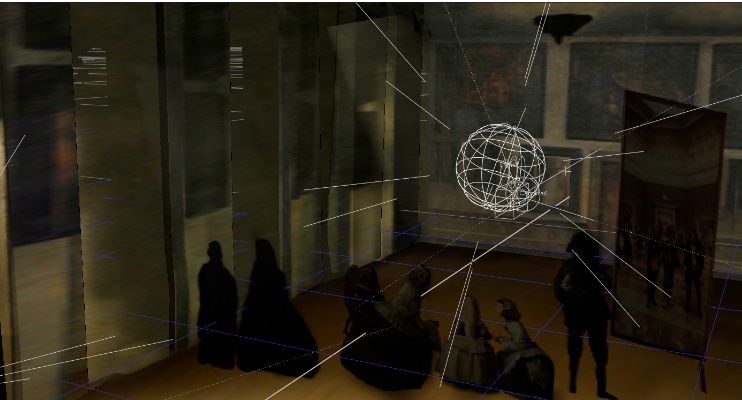
On this occasion I went to record at the Prado Museum in Madrid to have the exterior scene of the painting in perspective.

To make the outside window I used a CARD with a distortion to generate the material to break through the “fourth wall”.
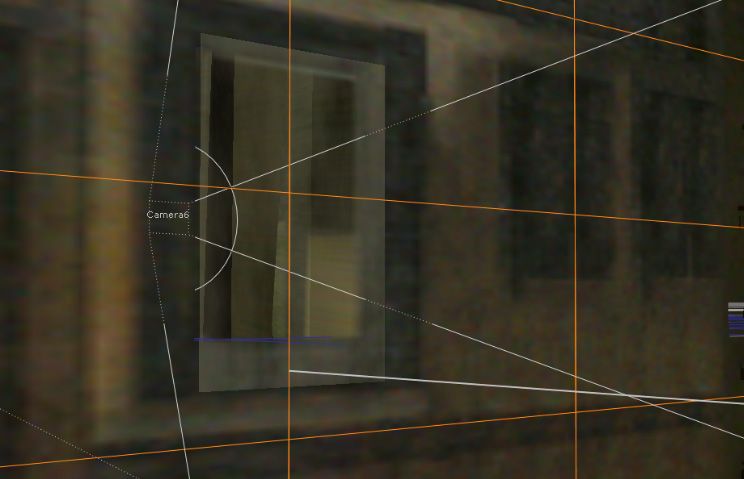
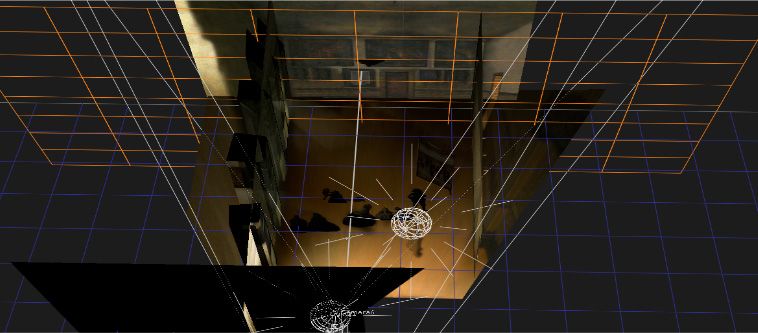
Once everything was composed, I added some low key tones and sent it to the render.
Working under pressure with deadlines made me experience creative outlets to generate concepts around my artistic concerns, bringing a good product to the end aligned with what I had thought. The key was organisation and perseverance to achieve the style I wanted.
My growth as a VFX artist was to raise my inner voice and create something different,I always believe that the authenticity of projects is related to what we want to express, always taking into account the technical aspects and finding perfect balance.
I am currently studying SideFX Houdini, and I would love to specialise in VFX with simulations. I am already amazed by all the possibilities that emerge from the software! My ultimate goal is to become an VFX supervisor in the future.
This project has been a beautiful journey for me, and I hope this article inspires you to embrace your wild ideas and bring your dreams to life on screen because the infinite always emerges through the art of realising ideas. Always try to think from different perspectives, think outside the box. Thank you for reading.